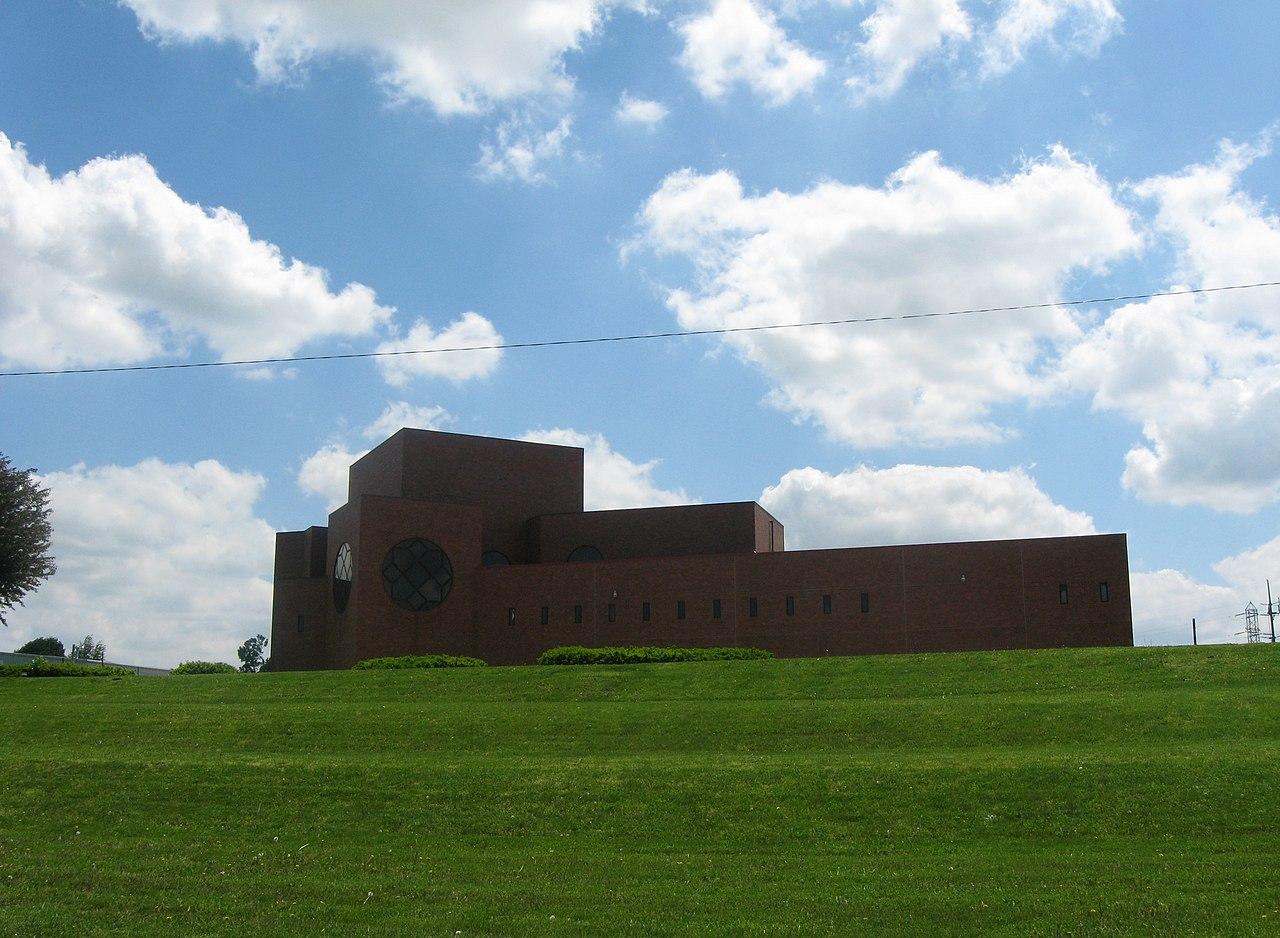The Islamic Society of North America (ISNA) has its origins in the Muslim Students Association (MSA) of the United States and Canada. With the rapid growth of the population in North America beginning in the 1960s, students from college campuses sought to explore and celebrate their Muslim and American identities. A dozen international Muslim students gathered on the campus of the University of Illinois, Champaign-Urbana, on January 1, 1963, aiming to create an organization that represented the great diversity of their “national, linguistic, and jurisprudential backgrounds.”

In 1976, the organization bought 123 acres of land between I-70 and old State Road 267 near and moved its offices into existing buildings. In January 1978, it announced plans to build a mosque and other facilities to house the North American Islamic Trust, which deals with the organization’s finances and mail-order book sales. In 1982, MSA merged with the Islamic Medical Association, the Association of Muslim Social Scientists, and the Association of Muslim Scientists and Engineers and officially became the Islamic Society of North America (ISNA). With this merger, the MSA became a constituent of the ISNA and focused only on services it provided on university campuses.
The Plainfield 42-acre ISNA compound was to include a mosque, classrooms, cafeteria, library, residences, gymnasium, and a recreational area open to the public. Many local residents, believing the plans violated a residential zoning ordinance, contested the society’s plans; 960 people signed a petition against the proposed center and took their case to the circuit court of appeals. The protest also had racial overtones. While the appeal was pending, a sign at the entrance to the property was knocked down and painted over with the letters “KKK”. The appeal eventually was denied, and construction began in 1980.
Completed in January 1983, the center served as the Islamic Society of North America’s headquarters and housed the five department offices of the General Secretariat and several specialized organizations including the MSA. During the 1980s, ISNA, led by the Muslim Brotherhood, served Orthodox immigrant Muslims in the United States and Canada. It described itself as a grassroots organization focusing on developing Muslim identity and supporting Muslim communities in North America.
Beginning in the 1990s, ISNA began to actively engage with other faiths and with interfaith organizations. It sought partnerships with government and civil organizations with the goal of creating a better understanding of the Muslim community. ISNA has been dedicated to demonstrating that interreligious engagement and civic responsibility are important aspects of American Muslim life. This work became even more critical with the attacks of September 11, 2011.
In the 2020s, the ISNA facilitates educational opportunities, fosters productive partnerships, and organizes for spiritual and civic engagement in the Muslim community. It also encourages gender equity and women-friendly mosques

Help improve this entry
Contribute information, offer corrections, suggest images.
You can also recommend new entries related to this topic.

